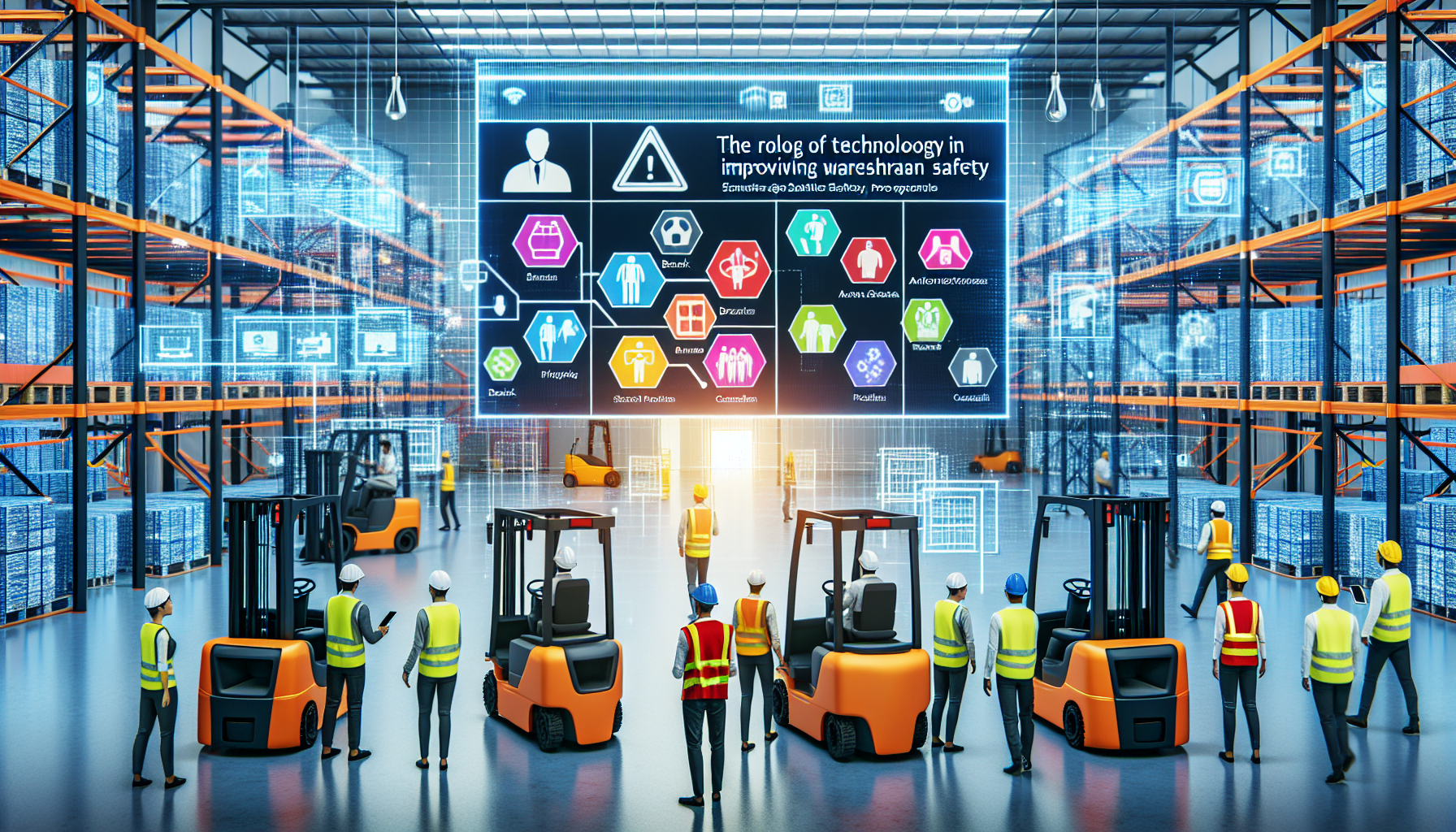The role of technology in improving warehouse pedestrian safety is becoming increasingly crucial in today’s fast-paced and high-risk work environments. With the growing demand for efficiency and productivity, warehouses are constantly looking for innovative solutions to ensure the well-being of their workers. One such technological solution that has emerged as a game-changer in warehouse safety is the Forklift Pedestrian Detection System offered by HCO Innovations.
Enhancing Safety with Forklift Pedestrian Detection System
Warehouses have always faced challenges when it comes to pedestrian safety due to the presence of forklifts and other heavy machinery. Accidents involving forklifts and pedestrians can lead to severe injuries or even fatalities. However, with the advancement in technology, the Forklift Pedestrian Detection System has revolutionized the way warehouses operate, significantly reducing the risk of accidents.
The Forklift Pedestrian Detection System utilizes a combination of sensors, cameras, and advanced algorithms to create a safe working environment. The system is designed to detect the presence of pedestrians in the vicinity of the forklift and alert both the driver and the pedestrian about potential risks. The driver receives real-time warnings through visual and audio notifications, while the pedestrian is alerted through wearable devices.
By providing an extra layer of safety, the Forklift Pedestrian Detection System helps minimize the chances of collisions and accidents. The system acts as an additional pair of eyes for the forklift operators, helping them navigate through the warehouse with increased awareness and reducing the risk of human error.
With the ability to detect and warn of potential hazards, the Forklift Pedestrian Detection System helps create a safety-conscious culture within the warehouse. It encourages both the forklift operators and pedestrians to remain vigilant and follow safe working practices, fostering a safer working environment for everyone.
The Benefits of Implementing the Forklift Pedestrian Detection System
The implementation of the Forklift Pedestrian Detection System provides several key benefits for warehouses:
- Reduced risk of accidents: By continuously monitoring both forklifts and pedestrians, the system helps prevent collisions and accidents, reducing the risk of injuries and fatalities in the workplace.
- Improved productivity: With increased safety, employees can work more confidently and efficiently, knowing that the risk of accidents has been significantly reduced. This leads to improved productivity and higher output.
- Cost savings: Accidents in the warehouse can result in costly lawsuits, medical expenses, and downtime. Implementing the Forklift Pedestrian Detection System helps minimize these risks, leading to cost savings in the long run.
- Enhanced employee morale: A safe working environment fosters a positive work culture and boosts employee morale. When employees feel valued and safe, they are more likely to be engaged and satisfied in their roles.
In addition to these benefits, the Forklift Pedestrian Detection System also offers customizable features to suit specific warehouse setups. The system can be easily integrated with existing warehouse management software, providing real-time data and analytics to optimize safety and operational efficiency.
HCO Innovations, a leading provider of warehouse optimization solutions, understands the importance of safety in the workplace. Their Forklift Pedestrian Detection System utilizes cutting-edge technology to improve safety, productivity, and efficiency in warehouses. By offering a comprehensive solution to address pedestrian safety concerns, HCO Innovations is committed to helping warehouses prioritize the well-being of their employees.
In conclusion, technology plays a vital role in enhancing warehouse pedestrian safety. With the implementation of advanced systems like the Forklift Pedestrian Detection System, warehouses can create a safer working environment, reduce the risk of accidents, and ultimately improve productivity and employee morale. Investing in innovative technologies like this is a smart move for any warehouse looking to prioritize safety and optimize operations.
To learn more about HCO Innovations’ Forklift Pedestrian Detection System, visit their website here.

